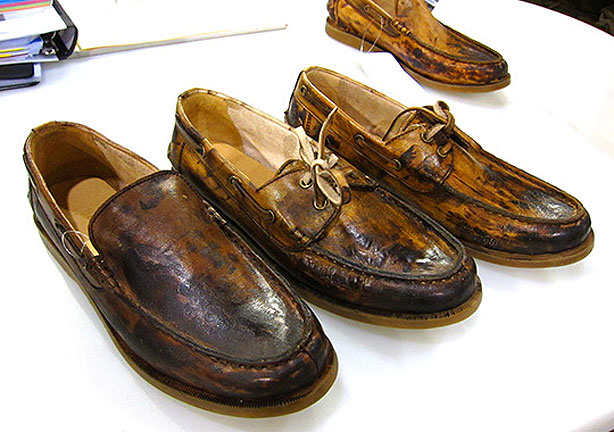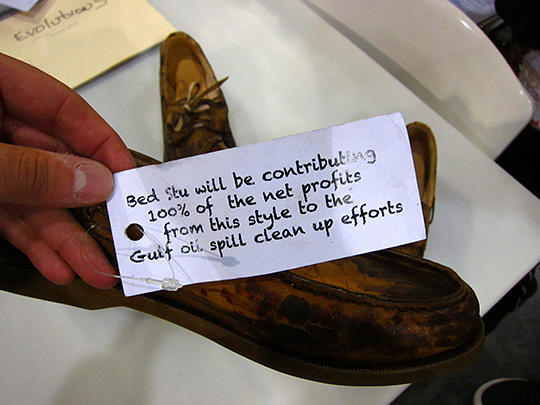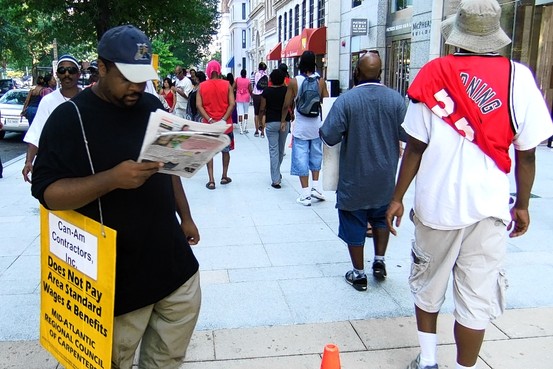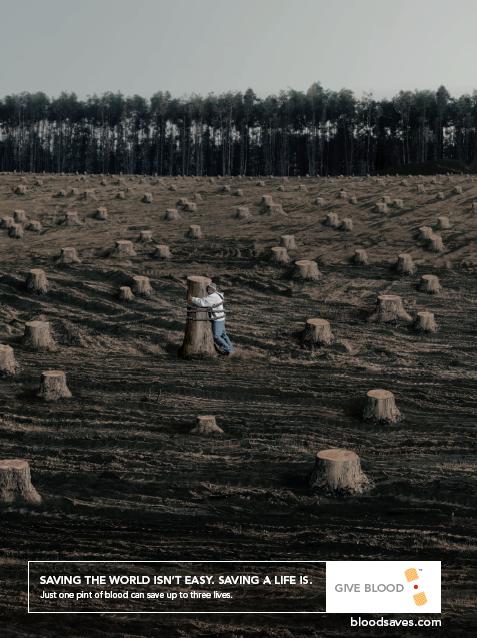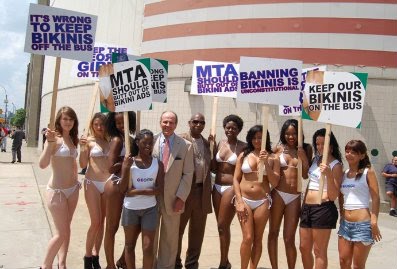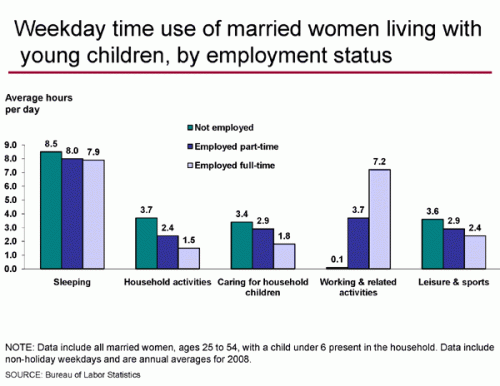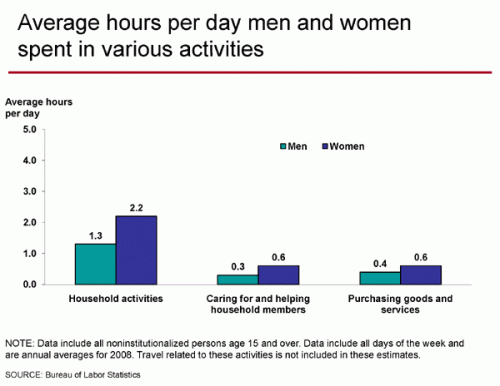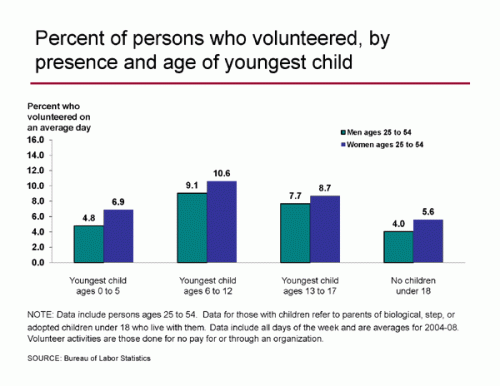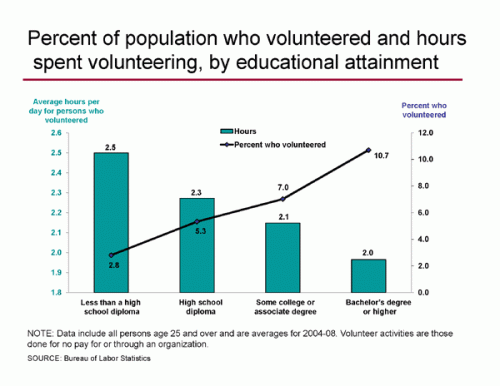These Bed Stü shoes, sent in by Dmitriy T.M., are meant to appear as if they are covered in oil accumulated while cleaning up the BP oil spill in the gulf.
According to Selectism, 100% of the proceeds are going to help wildlife affected by the spill.
So Bed Stü makes no money on this collection, but gains a great deal of publicity and, potentially, good will from consumers. And then some dude is going to be wearing shoes that look like they’re covered in oil at a garden party.
This looks to me like an example of “conspicuous conservation.” The term was originally derived from the phrase “conspicuous consumption,” defined by Wikipedia as “lavish spending on goods and services acquired mainly for the purpose of displaying income or wealth.” Conspicuous conservation, then, is the (often lavish) spending on “green” products designed mainly to advertise one’s environmentally-moral righteousness.
If you wear regular shoes and donate to the gulf spill clean up, your altruism is entirely invisible. But if you buy these hideous things, everyone gets to know what a nice guy you are.
Lisa Wade, PhD is an Associate Professor at Tulane University. She is the author of American Hookup, a book about college sexual culture; a textbook about gender; and a forthcoming introductory text: Terrible Magnificent Sociology. You can follow her on Twitter and Instagram.

